2019 Yamaha YXZ1000R SS SE Turbo Review
Riding a high performance SXS machine is something we all love to do, but when you add in the word “turbo,” it sends a message that you are ready for some serious power to throw down. In the 2019 model year Yamaha has not only improved on its YXZ1000R SS, but if you need a little bit more power (60% to be exact) then just bolt on the Yamaha GYTR turbo kit. We had a chance to test out a Yamaha YXZ1000R SS SE Turbo model at the dunes of Glamis and figured we’d tell you about it here.
Every Yamaha YXZ1000R for the model year 2019 now comes with the higher performance turbo connecting rods already installed in the engine. So, tearing into that 998cc liquid cooled triple is not needed. This reduces the build time as well as eliminates any mistakes that could possibly happen during the installation process. I’d say that’s a step in the right direction. The Garrett turbo is a ball bearing type system that also gives a smoother operation and better reliability for those hard days on the gas pedal. This should mean a lot to those who might try to install the GYTR kit themselves.
OK, so let’s venture off into the machine just a little because the changes they are a plenty for the newest YXZ. From the driver’s seat you will immediately notice the protective structure being a little taller in the front and easier to see out of when approaching tall hills. Yamaha also made this 2019 YXZ easier to get into. Once seated you will find all of the same features you have grown to love about the pure sport machine. You will also notice a very fluid looking vent between the seats at just over shoulder height. This is now where your radiator resides. By moving the radiator to the rear of the YXZ, you essentially eliminate the heat that typically transfers through the cab and it should make for a much better ride experience. This radiator is, according to Yamaha, 300% bigger for better airflow and cooling. The vent tunnel also pulls air from the seating area or through a tuned port at the rear of the machine should you install a windshield and block that frontal flow. Yeah, it seems Yamaha thought of everything.
Let’s move to the suspension as the FOX RC2 2.5 dual spring shocks have been tuned just a little for this model. The changes in the incredibly adjustable suspension include all new settings in dampening and spring rates. The exact changes, spring rates, shim stacks etc. were not discussed, but Yamaha stated that these changes should help any owner dial the YXZ1000R ride to their specific terrain much easier, creating a more balanced ride in flat hard pack or even rough whooped out trails. When you look at the suspension you may overlook just how important the tires are in the overall performance of the suspension as well as the transmission of the machine. In 2019 Yamaha has gone from the Maxxis 27-inch 6-ply Big Horn 2.0 to the 8-ply 29-inch Maxxis Big Horn original tire. Not only will this add more ground clearance, but it gives up a lower transmission gear ratio for attacking the trails. First gear, due to the tire change, is 24% lower than 2018 with 2nd through 5th being 7% lower. The additional benefit to the larger tire is also the extra bump absorption in the rougher terrain.
As mentioned previously, our test model 2019 Yamaha YXZ1000R SS SE was equipped with the GYTR Turbo kit. Although we did get an opportunity to drive a paddle tire equipped Yamaha YXZ1000R SS SE Turbo, let’s stick to the way it comes from the factory for now. Cruising the sand in Glamis is challenging for factory engines that have no power adders. Having a turbo set up on a SXS with the brutal power that the 998cc triple is potentially capable of is very exciting and after a few days of riding it was pretty evident that Yamaha had gone to great lengths to make its YXZ stout for those adrenaline junkies.
After the Team Yamaha Blue YXZ is fired up you might not notice the slight power advantage at hand. Sixty percent is a great difference over stock and with most turbo SXS vehicles you might experience a bit of turbo lag. Blending this to be a linear, smooth transition from no boost to full on O2 cramming induction is something that Yamaha has done well at. When pressing on the foot feed the engine RPM gradually increases from a mild low end to a feeling of “change is coming” as you reach the middle of the engines RPM range. The power then begins to grow exponentially to a point of full throttle giving you the feeling of having another 1.5 cylinders under the bed. You might actually remember last year when we had the chance to drive the first GYTR turbo YXZ. From that first ride to now the power is seemingly much more linear and the top end has been dialed in to control to be acceptable by the chassis of this SXS.
Stretching the legs of the Yamaha YXZ1000R SS SE Turbo, we found ourselves climbing taller dunes and doing it with little effort. Some may say that the sand requires paddle tires, but we would have to respectfully disagree there. The Maxxis Bighorn tires are so versatile and as long as you have planned your stops accordingly there were no issues with getting sunk in the sand. The power transfer to the rear tires was also very evident as the Big Horn’s allowed us to slip the rear out easily but with a controlled feeling. A few quick races at Oldsmobile Hill did prove just how much more traction the paddles provide by gapping a similarly equipped 2019 Yamaha YXZ1000R SS SE Turbo on the Bighorn tire by a couple of car lengths.
Rolling out across the few flat areas in the dunes the YXZ felt very controlled and although we did not have a 2018 model to compare with, the new shock package did feel very controlled in the rough chop. Standing in the gas through the deeper whoops proved that the FOX shocks with the new 29-inch tires were a good combination for soaking up the occasional g-out that surprised us. The Yamaha YXZ1000R SS SE Turbo felt even more controllable here and very confidence inspiring.
As for the Ultra White, YXZ1000R SS SE mentioned previously, a beautiful and menacing looking SXS, we did spend a little time in this machine as well. This YXZ had a 29-inch Sand Slinger paddle tire as well as the GYTR turbo kit installed. This version of the YXZ also comes equipped with the very impressive FOX X2 shocks which makes a big difference in the handling of the machine. There were other accessories on the rig as well but those were more of just comfort and lighting. Our initial impression of the paddles was that they seemed to transfer the torque of the big triple a lot better, yet seemed to also rob that seat of the pants feeling from the turbo. Obviously, there is a reason people choose a paddle tire, but in all honesty, I would choose a Maxxis Bighorn any day for the way I like to ride the dunes.
Overall the Yamaha YXZ1000R SS SE Turbo-equipped machine was very fun to drive and has very good power for those who want it. Everybody loves horsepower and so do we. Hopefully in the coming years the dealer floors will be adorned with Yamaha YXZ factory installed turbos at a competitive rate to join with the other manufacturers who already set that stage.
Whether he is in Mexico covering the Baja 1000, building ATVs for local racers, or out enjoying the trails, Rick’s passion shows in his stories. Learning to wrench his own machines from his grandfather, Rick also has an undying appreciation for the mechanics of off-road vehicles. Do not let the dirt and mud fool you, though, as Rick also has a deep love for street cars.
More by Rick Sosebee



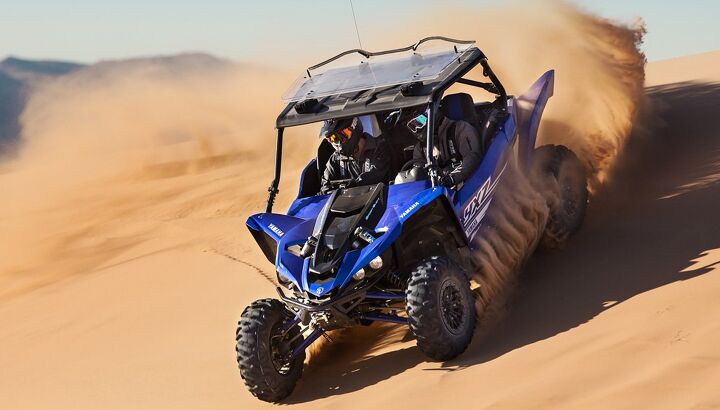





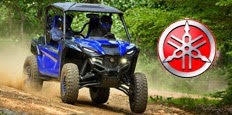






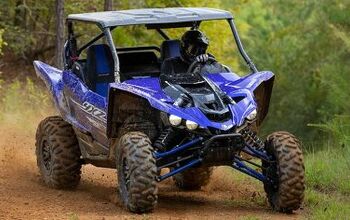
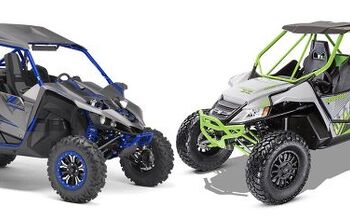
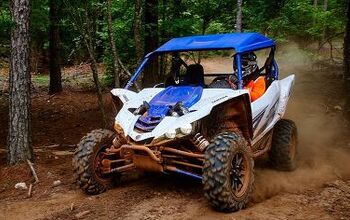
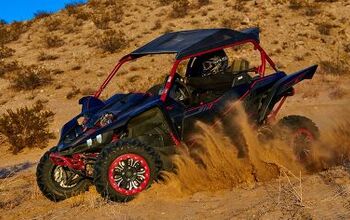
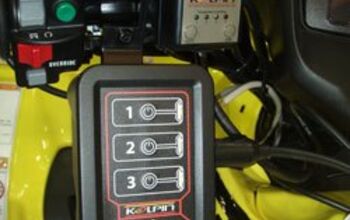

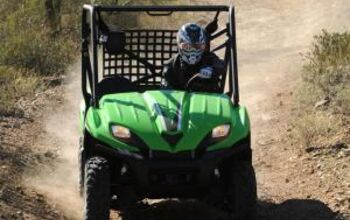
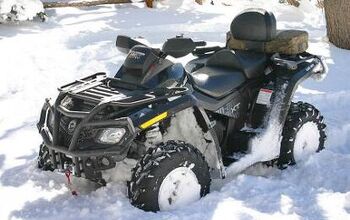
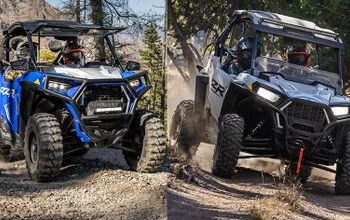
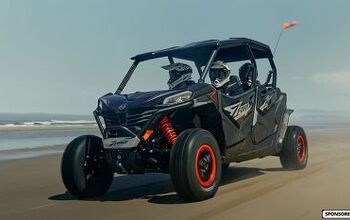
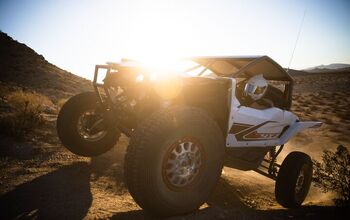
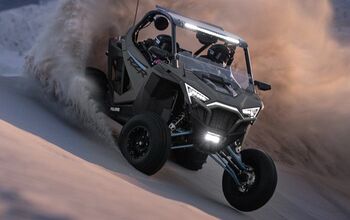
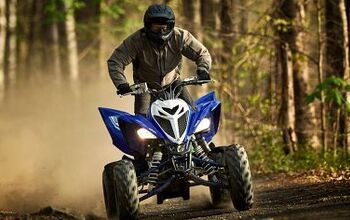
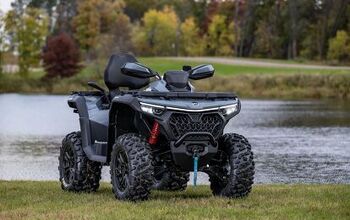
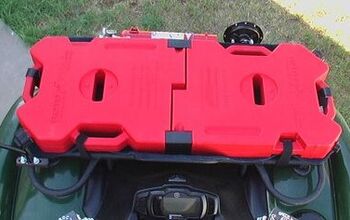
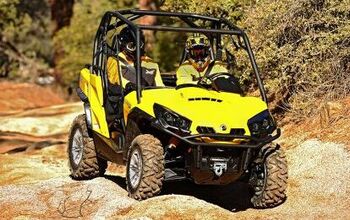

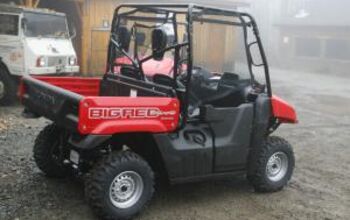
Comments
Join the conversation